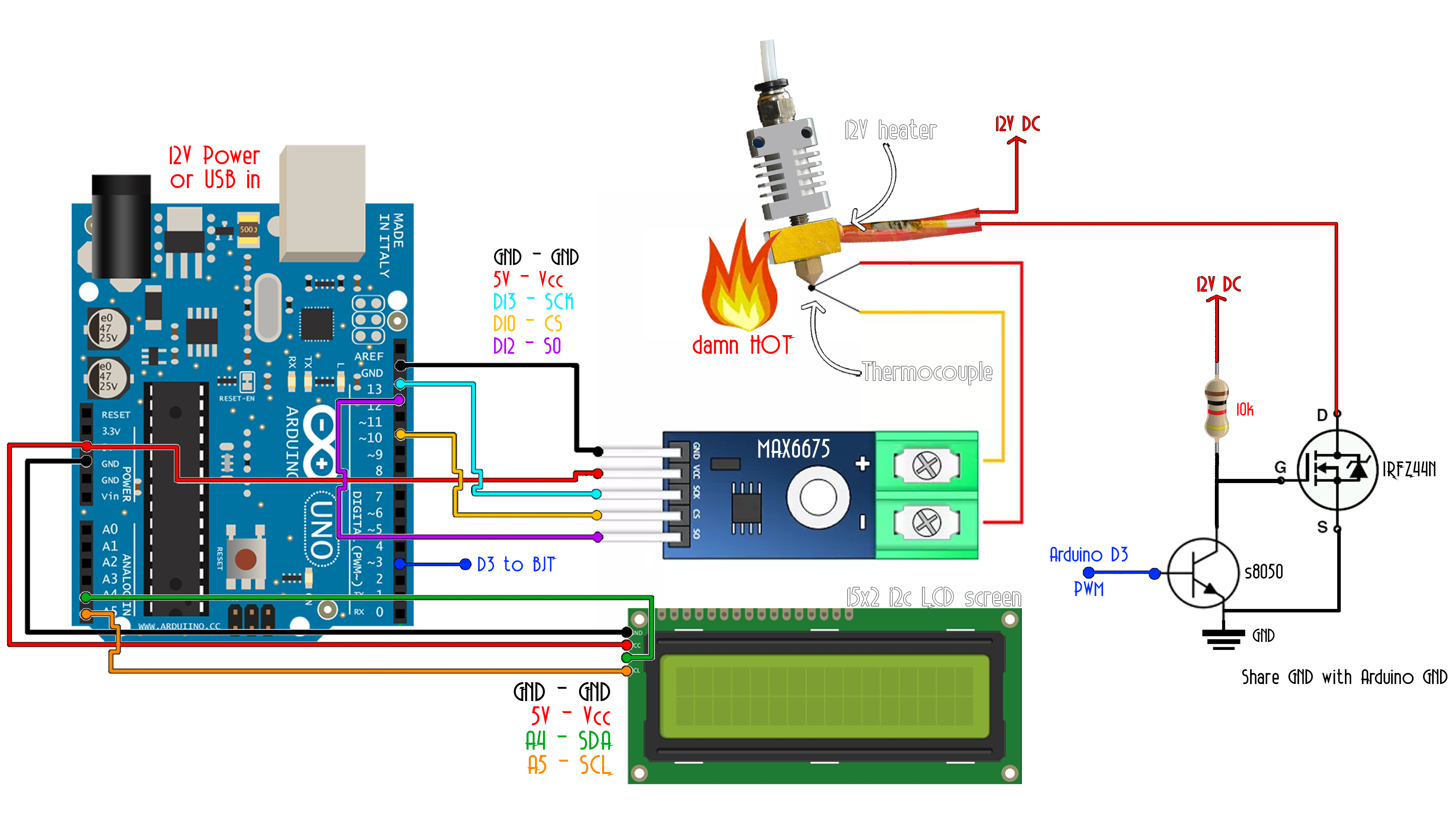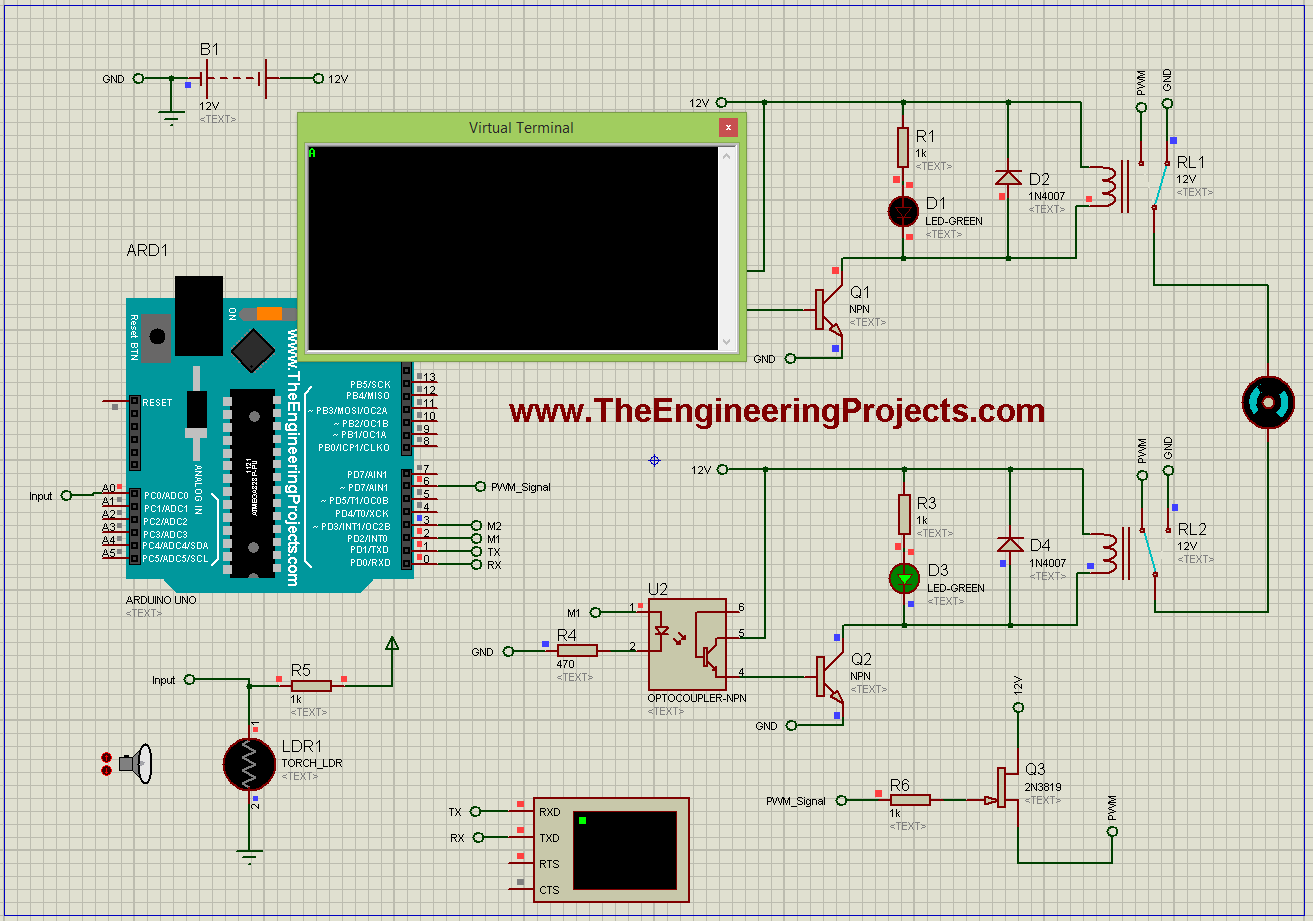

Quicken rental property 25 torrent download. The WriteRegister() function is used to write data to the Firstbot’s PIC16F1829 microcontroller registers. The Firstbot has two microcontrollers on board. One operates as an Arduino Uno. The other uses the same communication protocol as our BM011.
WriteRegister() matches the communication protocol that is defined in the Firstbot datasheet. The PIC16F1829 controls 2 H-bridges and can output 4 RC style pulses. It can also read RC style pulses. In the case of this application the PID algorithm is being handled by the Arduino Uno and WriteRegister() is used to control the PWM output of one of the H-bridges connected to the PIC16F1829.
3D 80s Text Effects. Very easy to use. Replace the text in seconds via smart object layers. See instructions for more info! Works with text, vector shapes or any kind of shape really. Editable text. All fonts used are free to use, free for personal use or demo versions. The links for the fonts are in the Help file located in the main download. Here is a list of 25 amazing 3D text PSD and action files, that will help you create high quality, elegant 3D text pretty easily and quickly – Free for both personal and commercial use. 3d text psd files free download. Text Effects PSD for free. Download now and use them for personal and commercial use, we have thousands of free graphic resources available for you. 3d text effect.
Understanding and Design of an Arduino-based PID Controller A thesis submitted in partial fulfillment of the requirements for the degree of Masters of Science at Virginia Commonwealth University By Dinesh Bista Masters of Science, Physics, Virginia Commonwealth University Director: Dr. Jason Reed, Assistant Professor, Physics Department. Dec 25, 2016 - Hi, this is the goal: we have to control the speed of an exhaust fan by the pid method. We will use the Arduino PID Library by Brett Beauregard.
Take a look at the Firstbot datasheet for more clarification (should be a link in the blog post). I think for(i=0; i. A few people have pointed out errors in the D term loop (quite a while ago). I thought I changed the code in the post to sort down and not up. I couldn’t find the code you posted in the blog I think for(i=0; i 0;i–) Error[i] = Error[i-1]; Somebody also pointed out that you don’t need an array of errors in the D term implementation. You can just have two variables Previous_Error and New_Error.
The D part of the PID is calculated by PID += DTerm*(New_Error-Previous_Error) I have found that in some motor control applications the difference in error terms between two PID updates is pretty small. At times it helps to track errors over a longer time frame to apply damping to step effects from sudden position changes. I like to read this code for controlling the servo by PWM but i need more clarify or to solve my confusing for me come from the following: 1- the calculating error of the desired and measured signal what the dimension of it (degrees, mdegrees,.) 2- the controller gains it is in order of thousands like P=2000, 3- the output of PID divided by 10 divider how to calculate the divider 3- the out of PID to get the PWM output added 127 is it in msec 4- the range of servo from 1 to 254 is it in ms also thanks. Hi Alaa, Here are some responses 1: The error signal initially would have the units of what is being measured, in this case volts. But the error signal is converted to PWM by the PID process, so I guess in this case I guess it becomes direction and duty cycle of motor speed (which I guess is pretty much still volts). 2-3: You could use floating point math to have the gains look more like 1.0 or 0.0055. In the end I was trying to achieve a few things.
First, the proportional gain will probably be the largest of the PID, and it needs to act on small error signals. Second, the I term needed to have some effect, but not so much as to cause chatter or windup. Third, the input error signal needed to scale roughly to the output I needed.
Depending on your system the I and D terms may not even be used. Whatever error signals in a system requires the PID output to be scaled to be pretty close to the desired drive signal. The gain settings are, in this case, based on the type of variable used in the system (int and long), and some trial and error. The divider I used is a divide-by-two (right rotate).
Our error signal is 10 bits and our gain is about 9 bits, so I used those magnitudes as an estimate for the divider’s number of rotates. 3-4 You can take a look at the FirstBot datasheet on PWM frequency. The Firstbot accepts an 8-bit speed and direction value with 127 being stopped. So these values are not mS. They translate to duty cycle and direction.

127 being 0% on, 254 being 100% on, and 1 being -100% on (reverse full speed). Christopher, You’ll need to get the digital encoder signals into the Arduino. We of use the LS7083 to do this (an LSI part sold by US Digital in the US). This can also be done with logic chips. I usually design with Microchip’s PIC controllers where the encoder A and B channels can be fed into external clock hardware. I’m not sure which Arduino style has these features so you have to look around for examples.
- Author: admin
- Category: Category

Quicken rental property 25 torrent download. The WriteRegister() function is used to write data to the Firstbot’s PIC16F1829 microcontroller registers. The Firstbot has two microcontrollers on board. One operates as an Arduino Uno. The other uses the same communication protocol as our BM011.
WriteRegister() matches the communication protocol that is defined in the Firstbot datasheet. The PIC16F1829 controls 2 H-bridges and can output 4 RC style pulses. It can also read RC style pulses. In the case of this application the PID algorithm is being handled by the Arduino Uno and WriteRegister() is used to control the PWM output of one of the H-bridges connected to the PIC16F1829.
3D 80s Text Effects. Very easy to use. Replace the text in seconds via smart object layers. See instructions for more info! Works with text, vector shapes or any kind of shape really. Editable text. All fonts used are free to use, free for personal use or demo versions. The links for the fonts are in the Help file located in the main download. Here is a list of 25 amazing 3D text PSD and action files, that will help you create high quality, elegant 3D text pretty easily and quickly – Free for both personal and commercial use. 3d text psd files free download. Text Effects PSD for free. Download now and use them for personal and commercial use, we have thousands of free graphic resources available for you. 3d text effect.
Understanding and Design of an Arduino-based PID Controller A thesis submitted in partial fulfillment of the requirements for the degree of Masters of Science at Virginia Commonwealth University By Dinesh Bista Masters of Science, Physics, Virginia Commonwealth University Director: Dr. Jason Reed, Assistant Professor, Physics Department. Dec 25, 2016 - Hi, this is the goal: we have to control the speed of an exhaust fan by the pid method. We will use the Arduino PID Library by Brett Beauregard.
Take a look at the Firstbot datasheet for more clarification (should be a link in the blog post). I think for(i=0; i. A few people have pointed out errors in the D term loop (quite a while ago). I thought I changed the code in the post to sort down and not up. I couldn’t find the code you posted in the blog I think for(i=0; i 0;i–) Error[i] = Error[i-1]; Somebody also pointed out that you don’t need an array of errors in the D term implementation. You can just have two variables Previous_Error and New_Error.
The D part of the PID is calculated by PID += DTerm*(New_Error-Previous_Error) I have found that in some motor control applications the difference in error terms between two PID updates is pretty small. At times it helps to track errors over a longer time frame to apply damping to step effects from sudden position changes. I like to read this code for controlling the servo by PWM but i need more clarify or to solve my confusing for me come from the following: 1- the calculating error of the desired and measured signal what the dimension of it (degrees, mdegrees,.) 2- the controller gains it is in order of thousands like P=2000, 3- the output of PID divided by 10 divider how to calculate the divider 3- the out of PID to get the PWM output added 127 is it in msec 4- the range of servo from 1 to 254 is it in ms also thanks. Hi Alaa, Here are some responses 1: The error signal initially would have the units of what is being measured, in this case volts. But the error signal is converted to PWM by the PID process, so I guess in this case I guess it becomes direction and duty cycle of motor speed (which I guess is pretty much still volts). 2-3: You could use floating point math to have the gains look more like 1.0 or 0.0055. In the end I was trying to achieve a few things.
First, the proportional gain will probably be the largest of the PID, and it needs to act on small error signals. Second, the I term needed to have some effect, but not so much as to cause chatter or windup. Third, the input error signal needed to scale roughly to the output I needed.
Depending on your system the I and D terms may not even be used. Whatever error signals in a system requires the PID output to be scaled to be pretty close to the desired drive signal. The gain settings are, in this case, based on the type of variable used in the system (int and long), and some trial and error. The divider I used is a divide-by-two (right rotate).
Our error signal is 10 bits and our gain is about 9 bits, so I used those magnitudes as an estimate for the divider’s number of rotates. 3-4 You can take a look at the FirstBot datasheet on PWM frequency. The Firstbot accepts an 8-bit speed and direction value with 127 being stopped. So these values are not mS. They translate to duty cycle and direction.

127 being 0% on, 254 being 100% on, and 1 being -100% on (reverse full speed). Christopher, You’ll need to get the digital encoder signals into the Arduino. We of use the LS7083 to do this (an LSI part sold by US Digital in the US). This can also be done with logic chips. I usually design with Microchip’s PIC controllers where the encoder A and B channels can be fed into external clock hardware. I’m not sure which Arduino style has these features so you have to look around for examples.